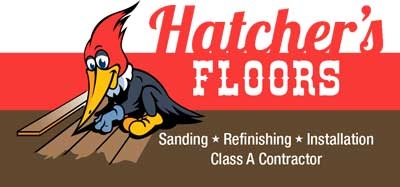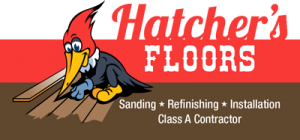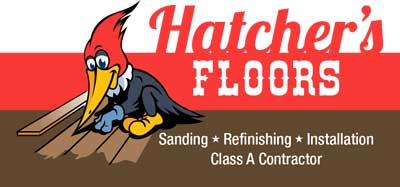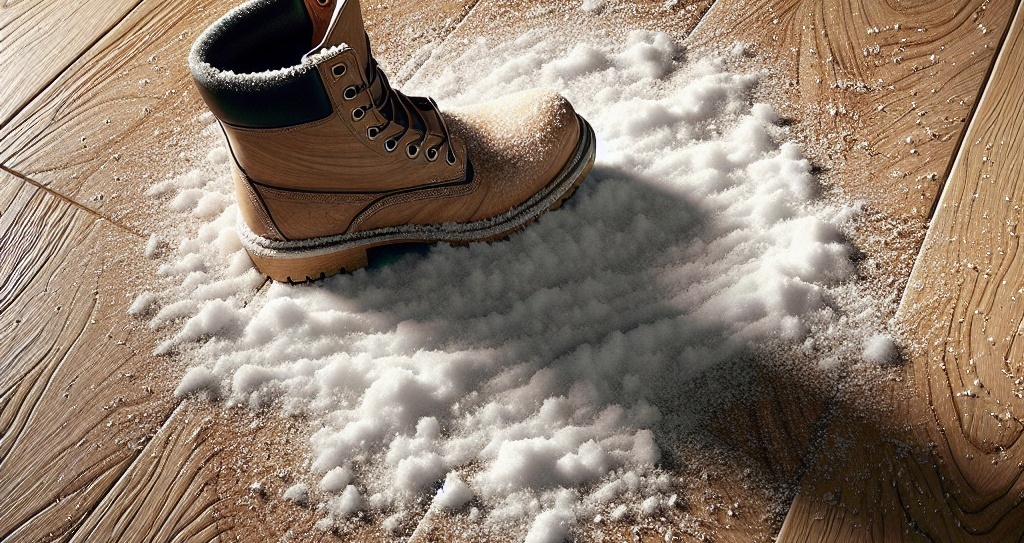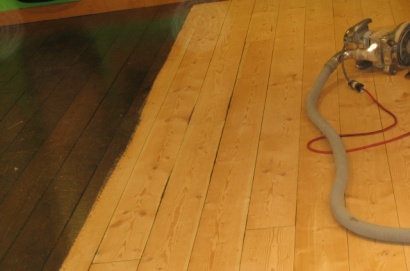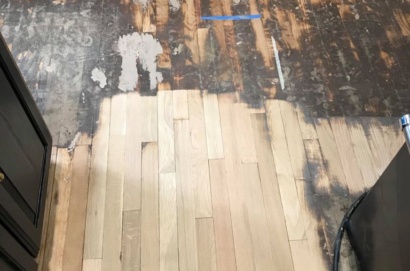As winter sets in, snow, ice, and salt can wreak havoc on your home’s flooring. These seasonal elements not only cause unsightly damage but can also reduce the lifespan of your floors. Fortunately, with the proper precautions, you can keep your floors looking beautiful and protected throughout the colder months. Here’s a guide to winter-proofing your flooring and preventing damage from snow and salt.
Why Snow and Salt Are a Threat to Your Floors
Winter conditions bring two major culprits into your home:
Moisture from Snow and Ice
- Melted snow and ice create water puddles, which can seep into flooring and cause warping, discoloration, or even mold growth—especially on wood or laminate floors.
Abrasive Salt and Grit
- Salt and sand used for de-icing are abrasive and can scratch and dull floors. Over time, salt residue can also stain and damage finishes.
Winter-Proofing Tips for Your Flooring
Create a Barrier at Entrances
- Use Door Mats: Place heavy-duty mats both inside and outside entryways. Opt for absorbent mats indoors and coarse mats outdoors to scrape off snow and salt.
- Boot Trays: Set up boot trays near entrances to catch dripping snow and prevent it from pooling on the floor.
Establish a No-Shoes Policy
Encourage family members and guests to remove their shoes upon entering. Provide a designated area for shoes and boots to keep salty, wet footwear off your floors.
Regular Cleaning Routine
- Sweep and Vacuum Often: Remove salt and grit regularly to prevent scratches. Use a vacuum with a hardwood floor attachment for gentle cleaning.
- Mop with Care: Use a damp mop (not soaking wet) to clean up salt residue. To protect the finish on hardwood, use a cleaner specifically designed for wood floors.
Protect Vulnerable Flooring Types
- Hardwood Floors: Apply a water-resistant finish before winter begins to add a layer of protection against moisture. Wipe up spills immediately to prevent damage.
- Laminate Floors: Keep water exposure to a minimum and avoid harsh cleaners that can strip the surface layer.
- Carpeted Floors: In high-traffic areas, use washable rugs to catch dirt and water. Consider a carpet protector spray for additional resistance to stains.
Invest in Floor Runners and Area Rugs
Place runners or area rugs in hallways and high-traffic zones to protect floors from wear and tear. Choose machine-washable options for easy cleaning.
Address Humidity Levels
Heating systems can make winter air excessively dry, causing hardwood floors to shrink or crack. Use a humidifier to maintain a consistent indoor humidity level between 35% and 55%.
What to Do If Damage Occurs
Even with precautions, accidents can happen. Here’s how to address common issues:
- Scratches from Salt: Lightly buff out surface scratches using a microfiber cloth or a hardwood repair kit.
- Water Stains: Use a mixture of vinegar and water or a specialized wood floor cleaner for hardwood. For carpets, blot the area and treat it with a stain remover.
- Warping or Buckling: Consult a flooring professional for severe damage to wood or laminate.
Why Winter-Proofing Is Worth It
Taking these preventative steps keeps your floors in pristine condition and saves you time and money on repairs in the long run. Whether you have hardwood, laminate, vinyl, or carpet, a little preparation goes a long way in maintaining the beauty and functionality of your flooring during the winter months.
Final Thoughts
Winter-proofing your floors is essential to home care during the colder months. You can enjoy a cozy, damage-free home all winter by creating barriers, cleaning regularly, and protecting vulnerable areas.
Do you need expert advice or help selecting winter-ready flooring? Contact our team today for personalized recommendations and flooring solutions designed to withstand Virginia’s winter challenges.
